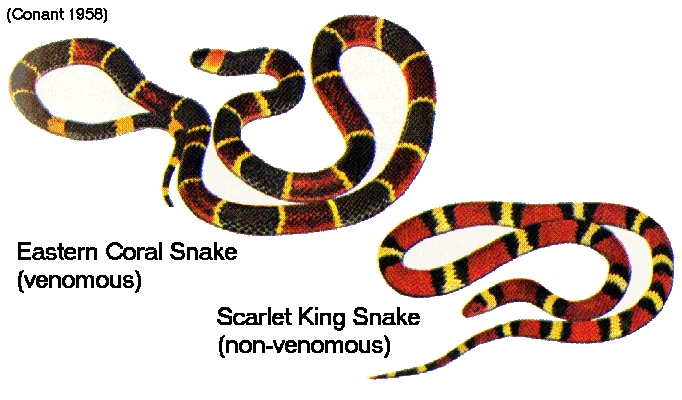

The heart has four chambers: two chambers at the top, the right and left atria; and two chambers on the bottom, the right and left ventricles. The right side of the heart collects blood from the body and pumps it into the lungs, where the blood is oxygenated. The oxygen rich blood is then collected by the left side of the heart, and from there it is pumped out into the body's various organs.
Congestive left-sided heart failure refers to a condition in which the left side of the heart is not able to push blood through the body efficiently enough to meet the metabolic needs of the body, and frequently results in blood pooling in the lungs. This is the most common type of congestive heart failure in dogs. Low blood output from the heart causes tiredness, exercise intolerance and fainting.
Muscle failure of the left ventricle (the left lower chamber of the heart):
Pressure overload of the left heart:
Volume overload of the left heart (the mitral valve on the left side of the heart, separating the left atrium from the left ventricle):
Difficulties filling the left heart with blood:
Heart beat rhythm disturbances:
Your veterinarian will perform a thorough physical exam on your pet, taking into account the background history, onset of symptoms and possible incidents that might have led to this condition. A blood chemical profile, complete blood count, urinalysis and an electrolyte panel will be ordered to check the underlying cause of the heart disease and its severity. Your veterinarian will also draw blood from your dog to check thyroid function.
Imaging studies can be used to gain a further understanding of your dog's heart condition. X-ray and ultrasound imaging may be used, as well as electrocardiogram (ECG, or EKG) recordings for examining the electrical currents in the heart muscles. These recordings may reveal any abnormalities in cardiac electrical conduction (which underlies the heart’s ability to contract/beat).
Treatment will depend on the exact underlying cause of the cardiac disease. Most patients suffering from left-sided congestive heart failure can be treated on an outpatient basis. However, if your dog is having trouble breathing it should be placed in the intensive care unit (ICU) in an oxygen cage. Your veterinarian will also recommend hospitalization of your dog if it is presenting with very low blood pressure.
Surgical intervention may benefit selected patients with congenital defects, such as malformations of the heart that were present at birth, and some forms of congenital and acquired heart valve disease.
Your veterinarian will also prescribe medications for the heart, if suitable, and will advise you in a diet and exercise plan that will keep your dog's blood pressure down and relieve pressure on the heart muscle, while hopefully strengthening its ability to pump blood.
Left sided congestive heart failure is an incurable disease. Your dog will need to have its activity restricted to some extent to relieve pressure on the heart. Your veterinarian will advise you in planning a reasonable exercise routine for your dog. Your dog should also be fed a moderately sodium-restricted diet that is high in nutrients. This diet may be changed to a severely sodium-restricted diet if the disease worsens, but your veterinarian will determine if this is appropriate.
 Skin Bumps (Papulonodular Dermatoses) in Dogs
Papulonodular Dermatoses in Dogs
Papulonodular de
Skin Bumps (Papulonodular Dermatoses) in Dogs
Papulonodular Dermatoses in Dogs
Papulonodular de
 Chemical Imbalance of Urine in Dogs
Hyposthenuria in Dogs
The normal concentration an
Chemical Imbalance of Urine in Dogs
Hyposthenuria in Dogs
The normal concentration an
 Neck and Back Pain in Dogs
Unfortunately, your dog can not tell you where it
Neck and Back Pain in Dogs
Unfortunately, your dog can not tell you where it
 Coral Snake Bite Poisoning in Dogs
Coral Snake Venom Toxicosis in Dogs
There are two
Coral Snake Bite Poisoning in Dogs
Coral Snake Venom Toxicosis in Dogs
There are two
 Cardiac Arrest in Dogs
Cardiopulmonary Arrest in Dogs
Cardiac arrest (al
Cardiac Arrest in Dogs
Cardiopulmonary Arrest in Dogs
Cardiac arrest (al
Copyright © 2005-2016 Pet Information All Rights Reserved
Contact us: www162date@outlook.com